I have about 40 positive and 40 negative 18 gauge wires that I am trying to connect to one DC power source.
I have a few terminal blocks to achieve this. Each terminal block has 2 rows of 12 positions and I am trying to minimize the number of terminal blocks I use to wire everything together.
Below is a photo of the type of set up I am going for. My concern, however, is that stuffing too many wires into a single terminal hole is probably an unsafe practice. Is there a best practice for how many wires I can safely stuff into terminal block screw holes? I know the wires must not be tinned but is the number of wires I can fit into a terminal block hole affected by whether the wires are stranded or solid (I have both and wonder which is preferred)?
Also if anyone has a better way to wire these connections together I'm all ears, I feel like there must be a better way of doing this...

